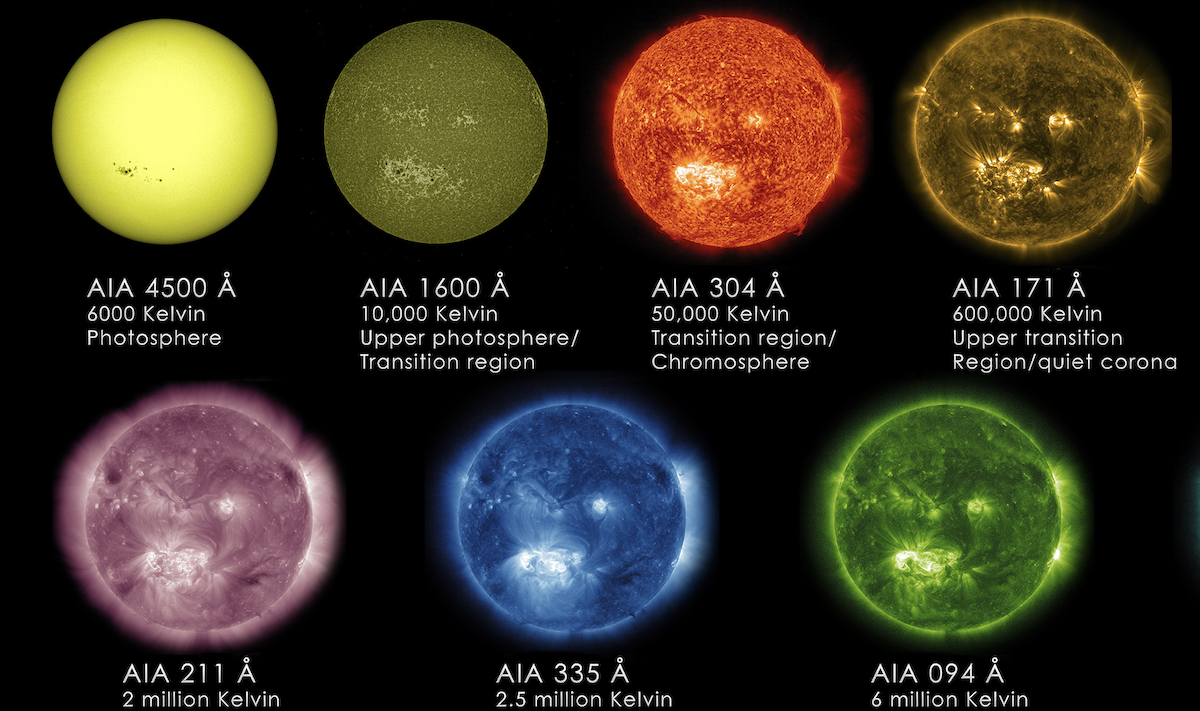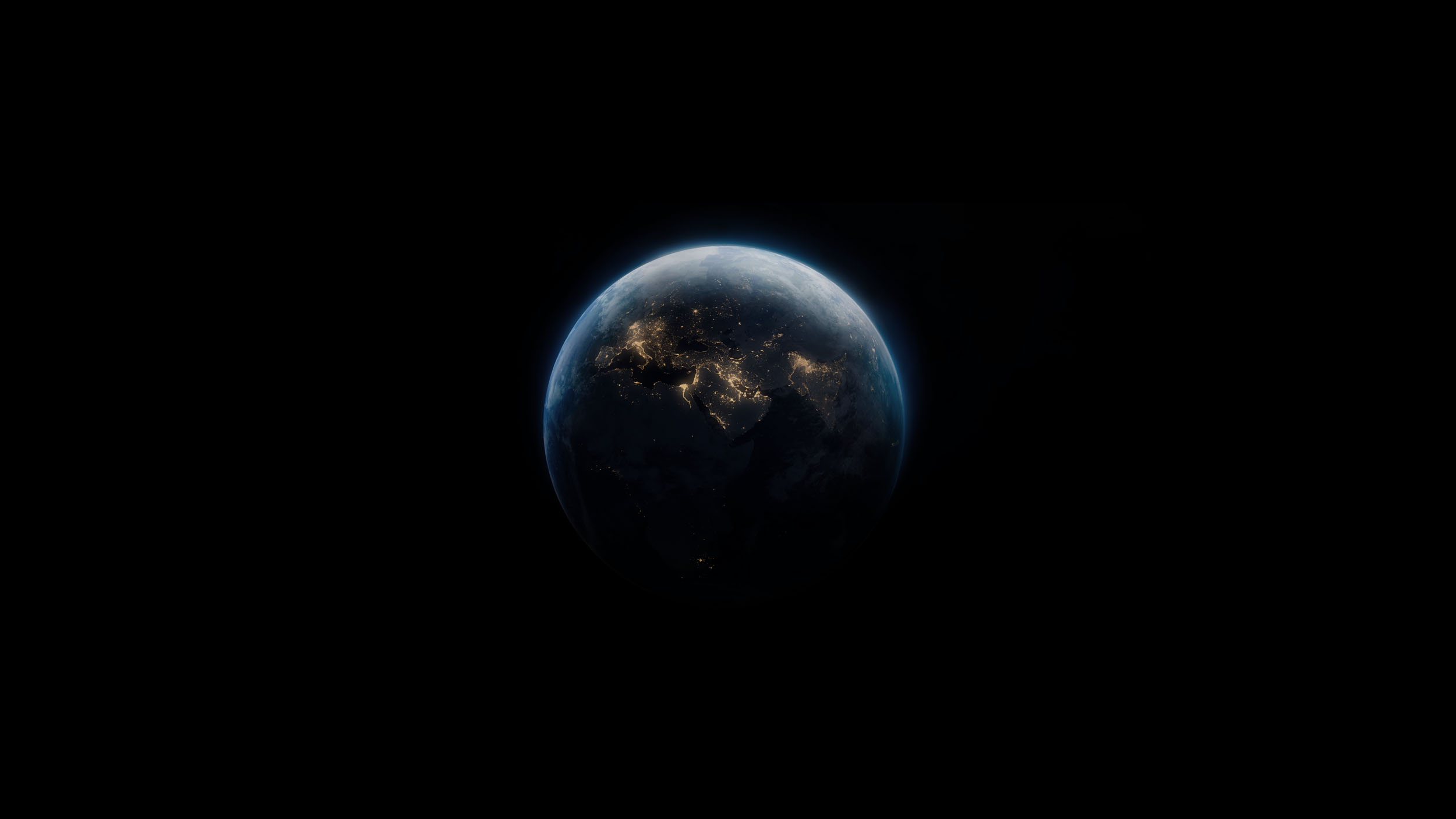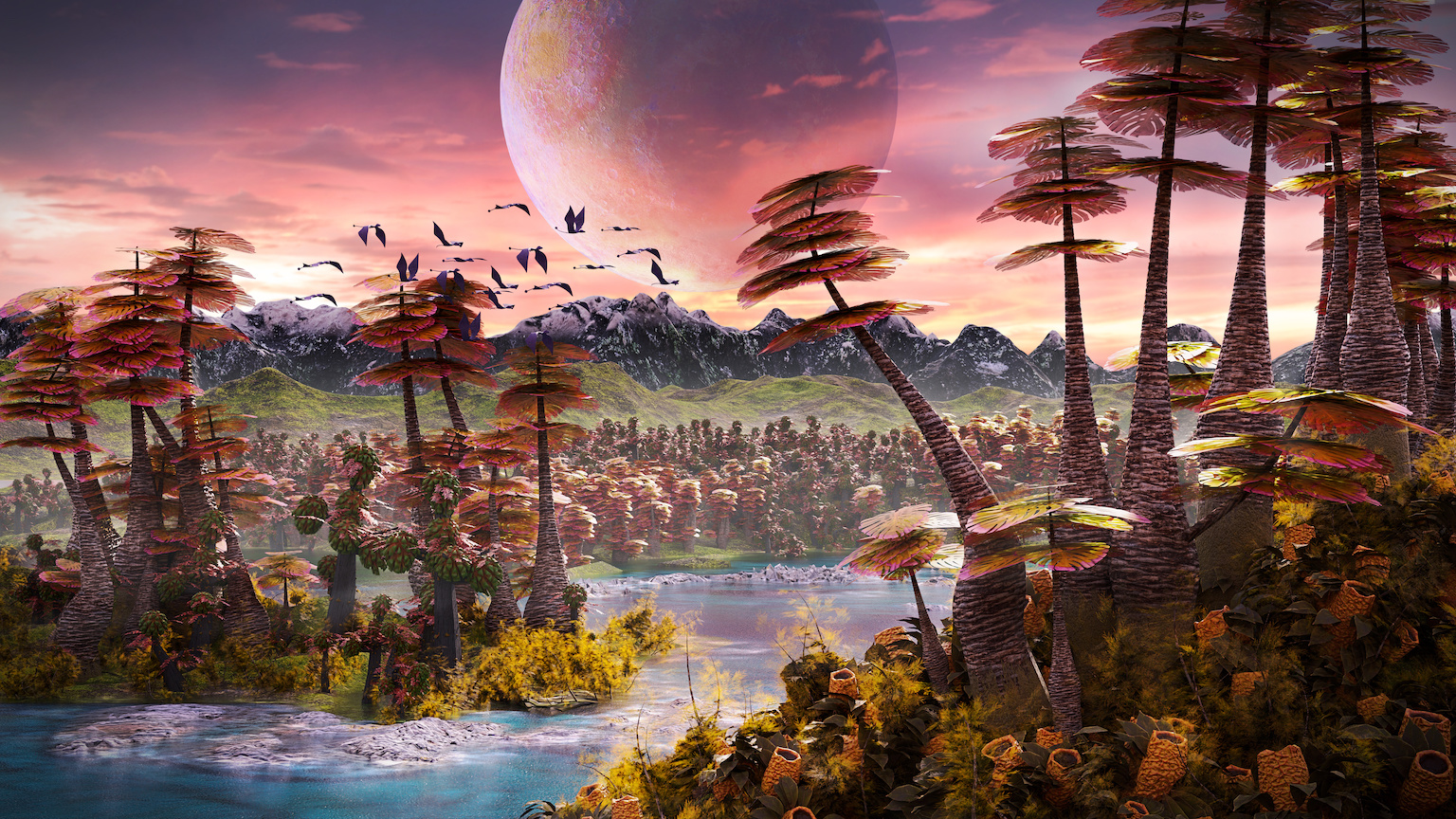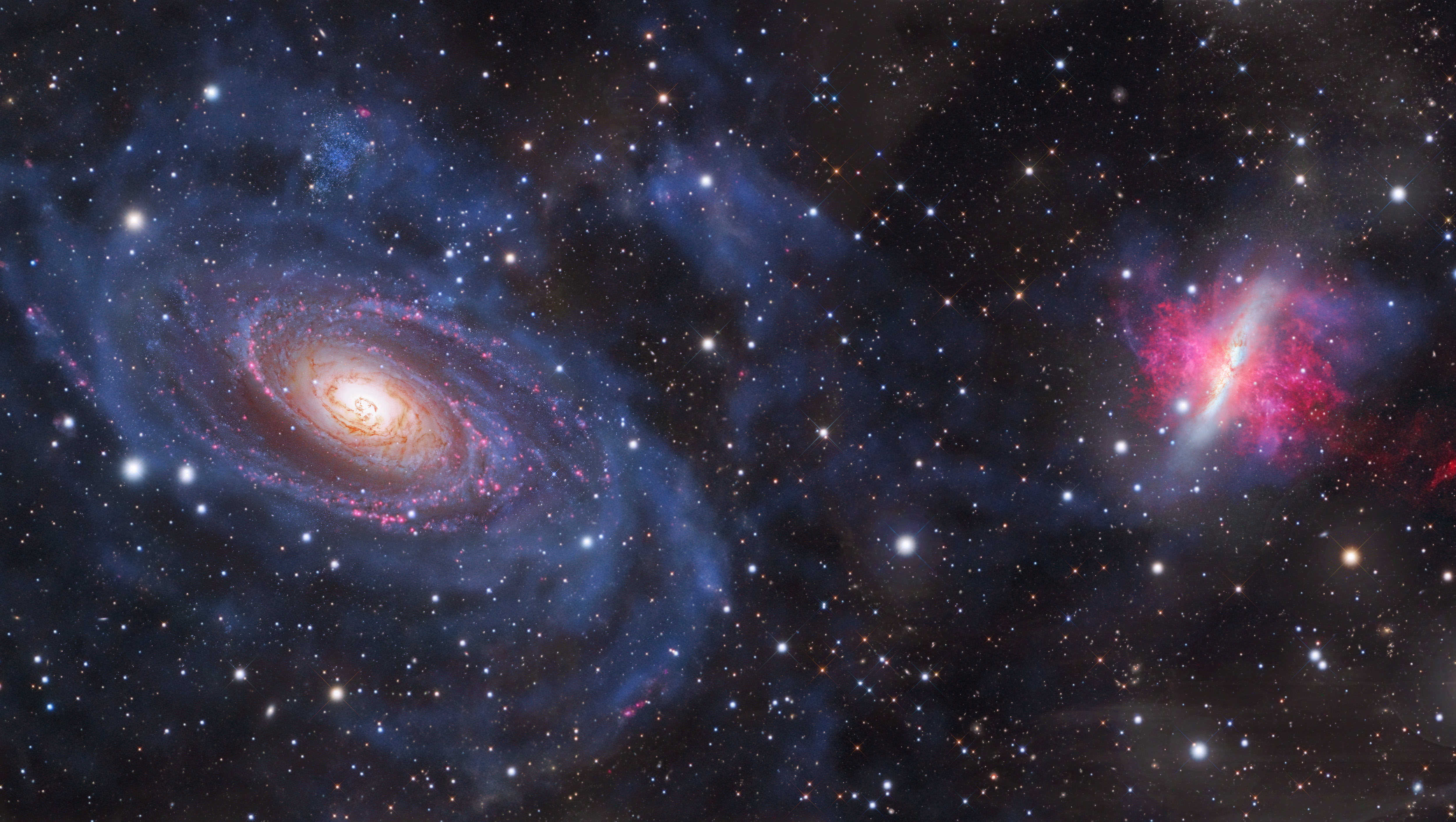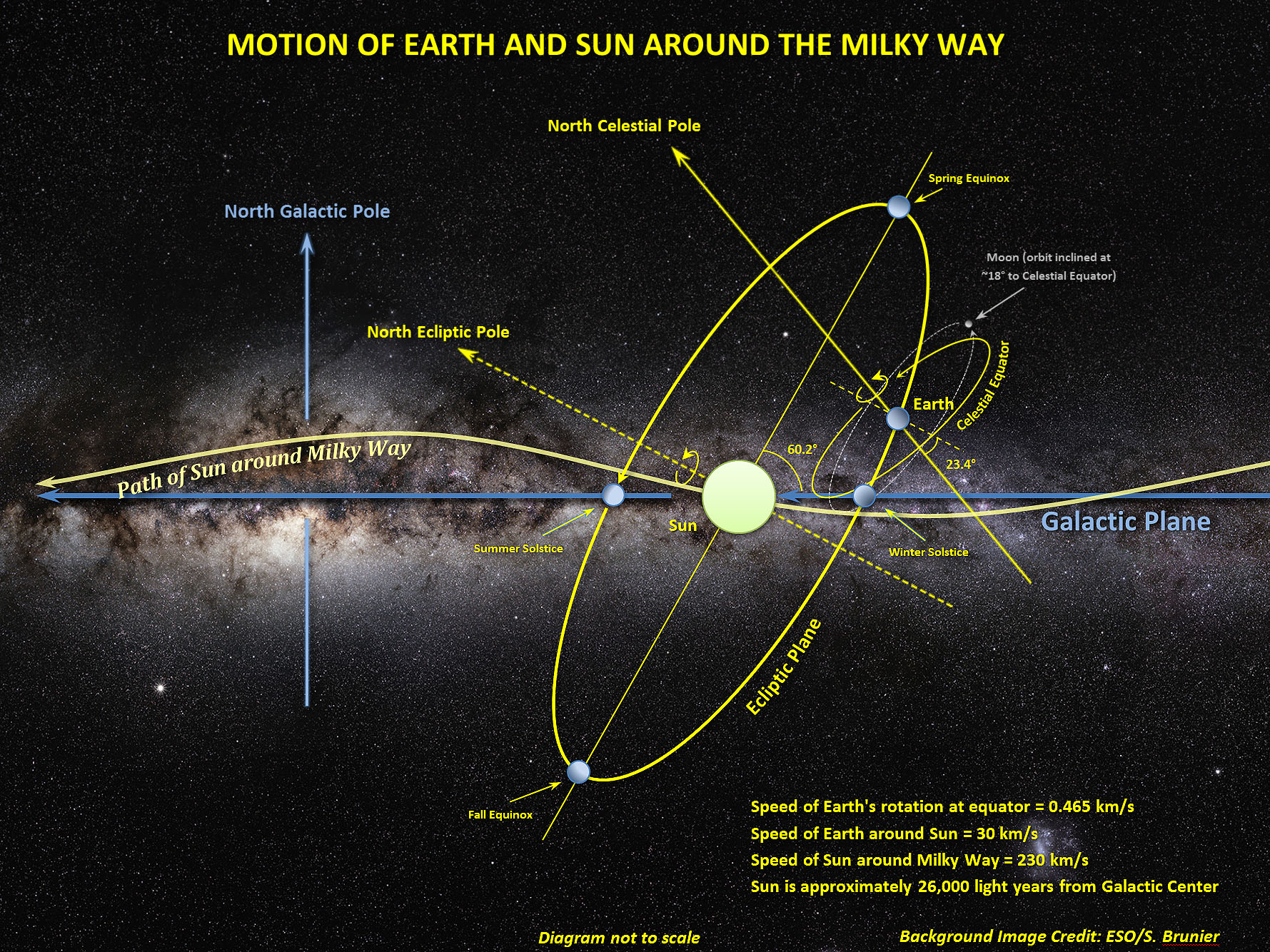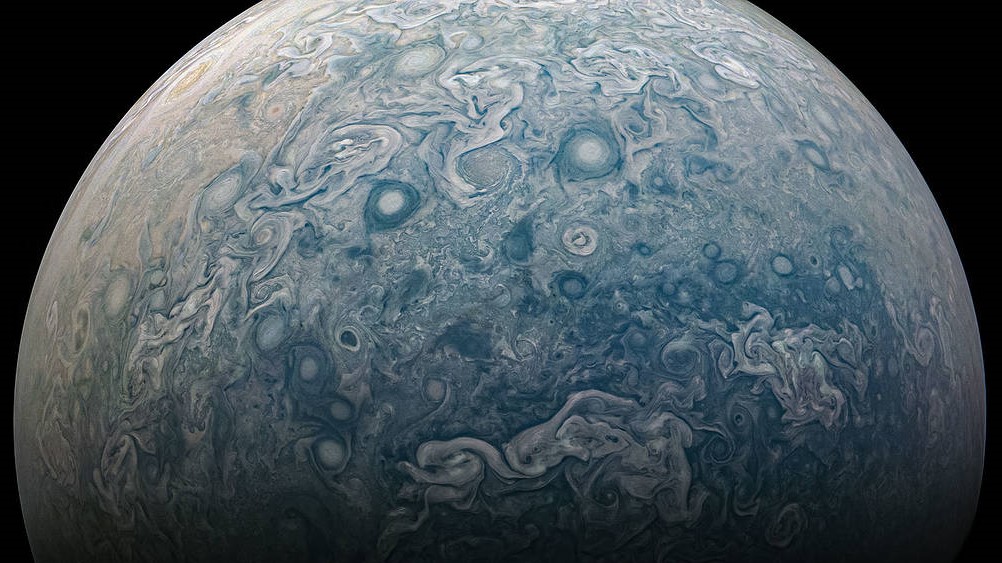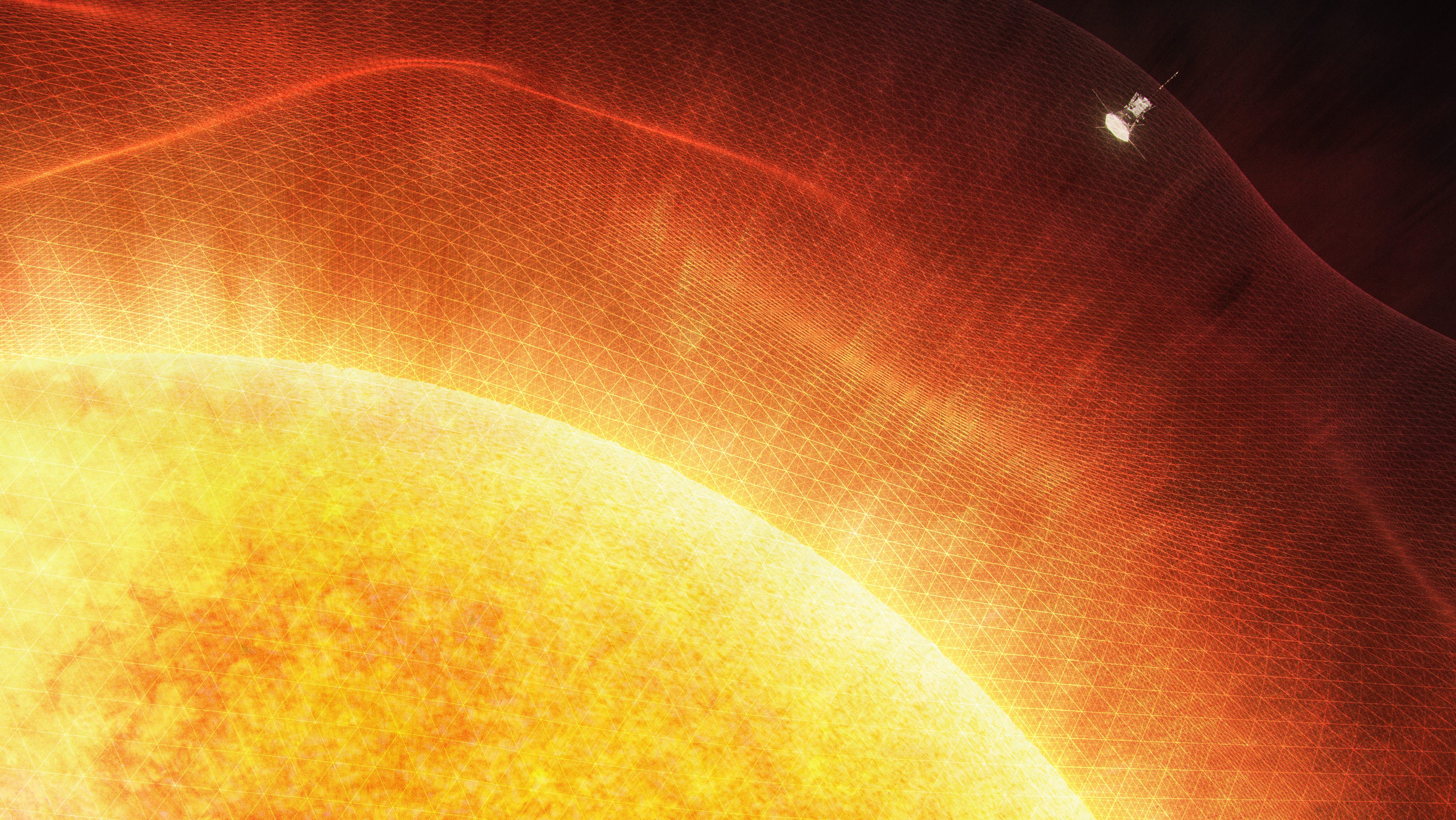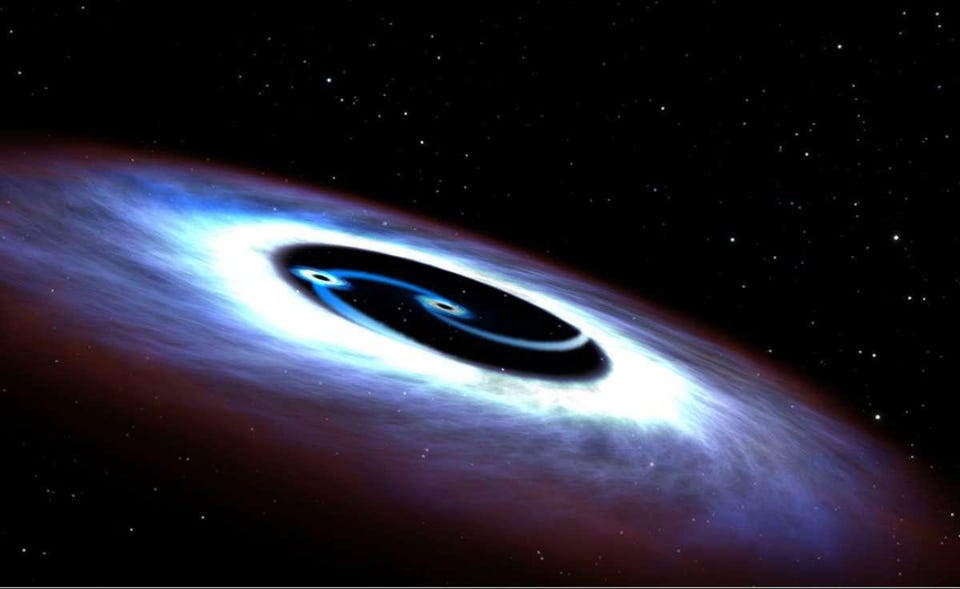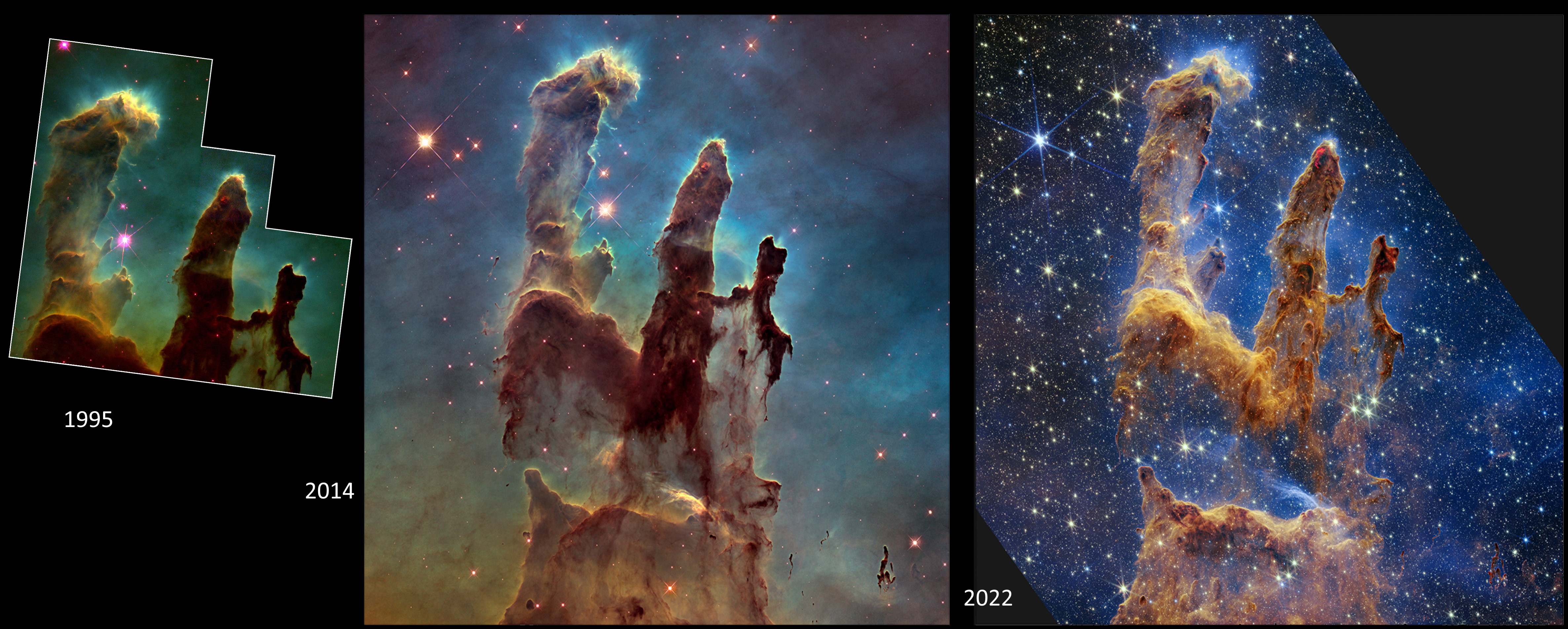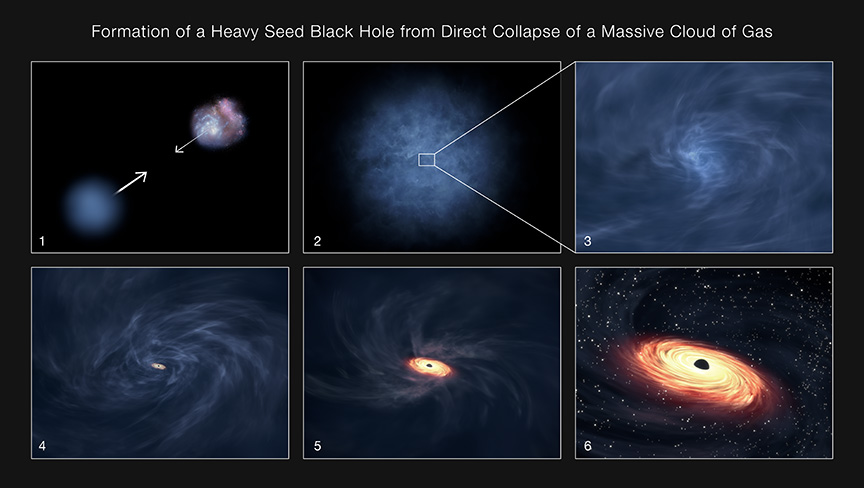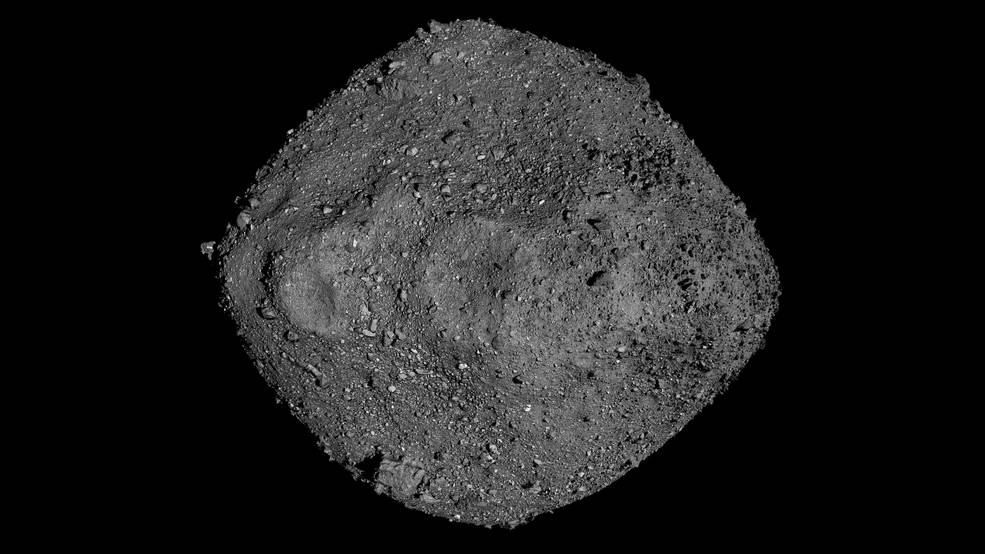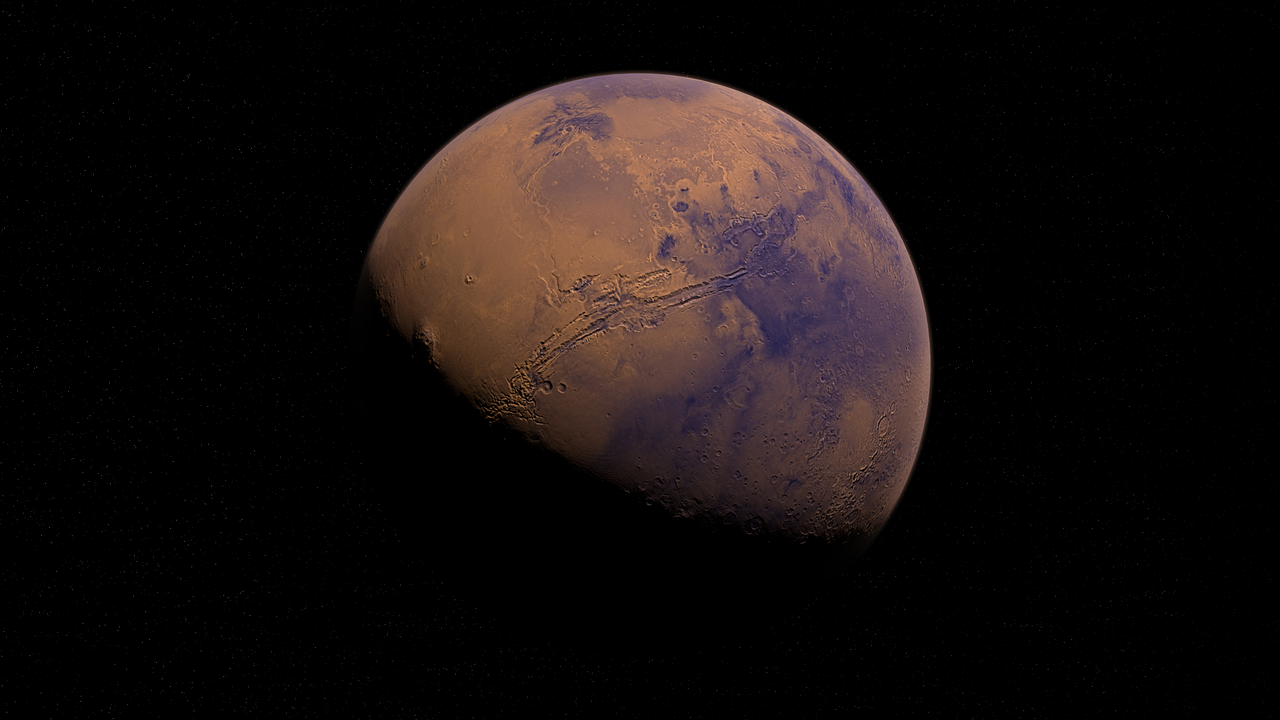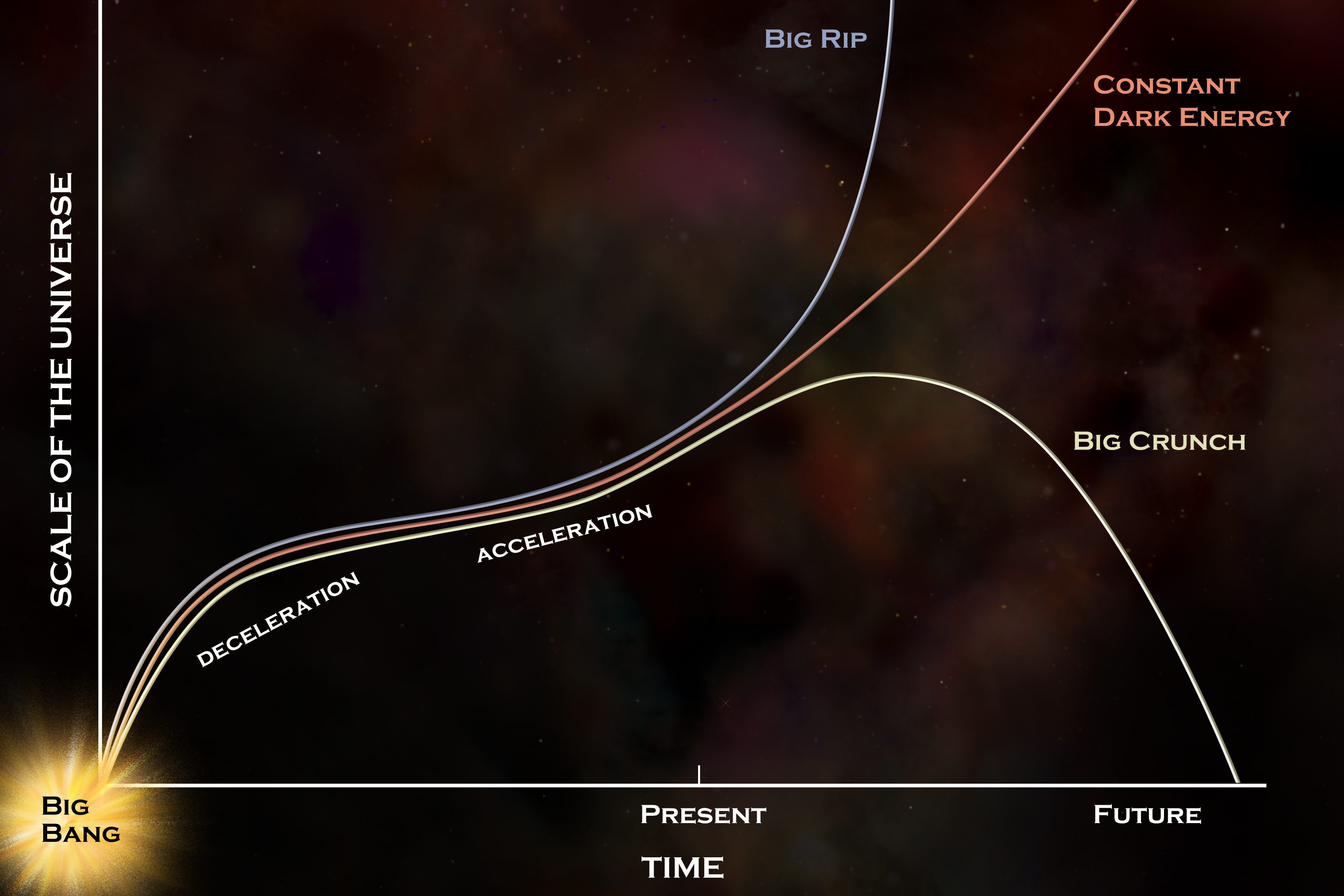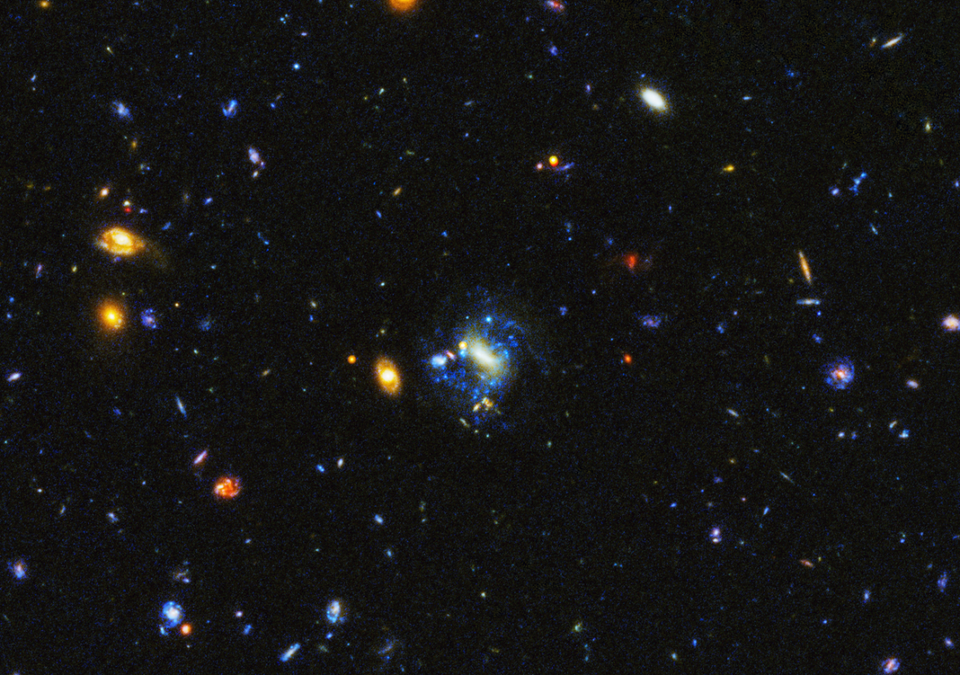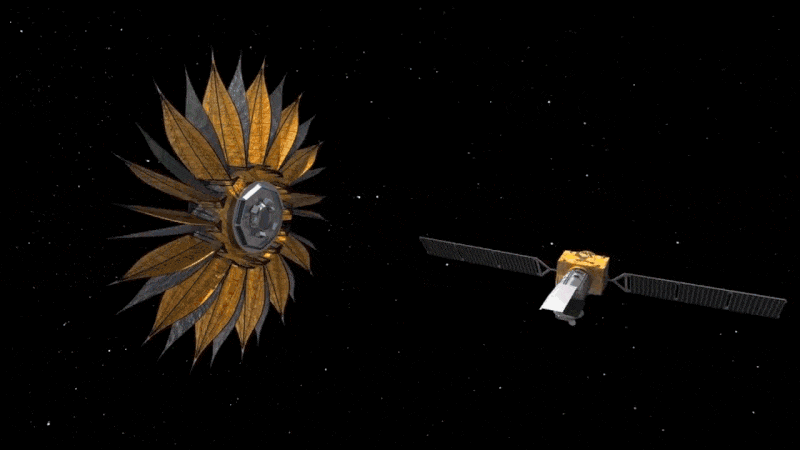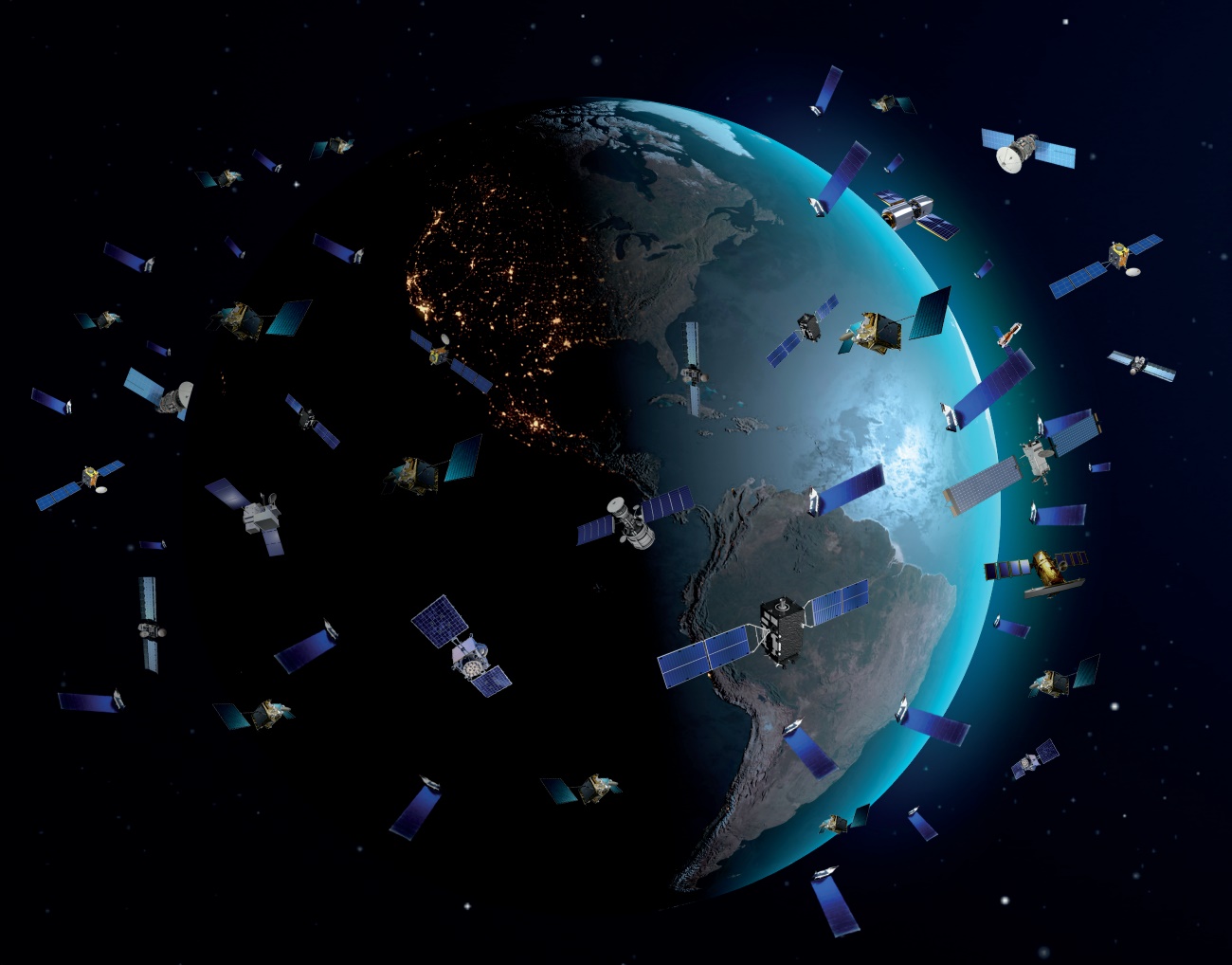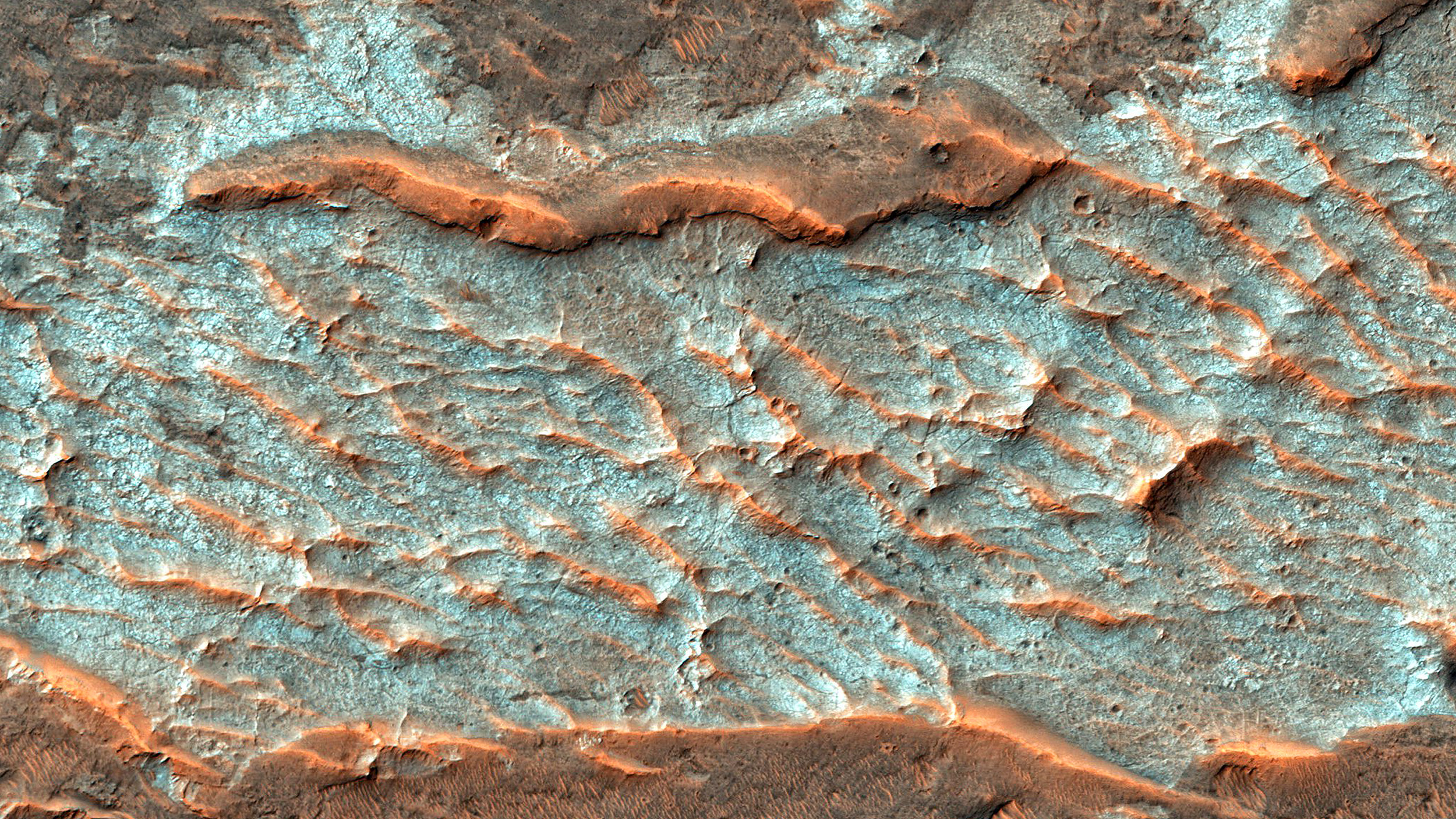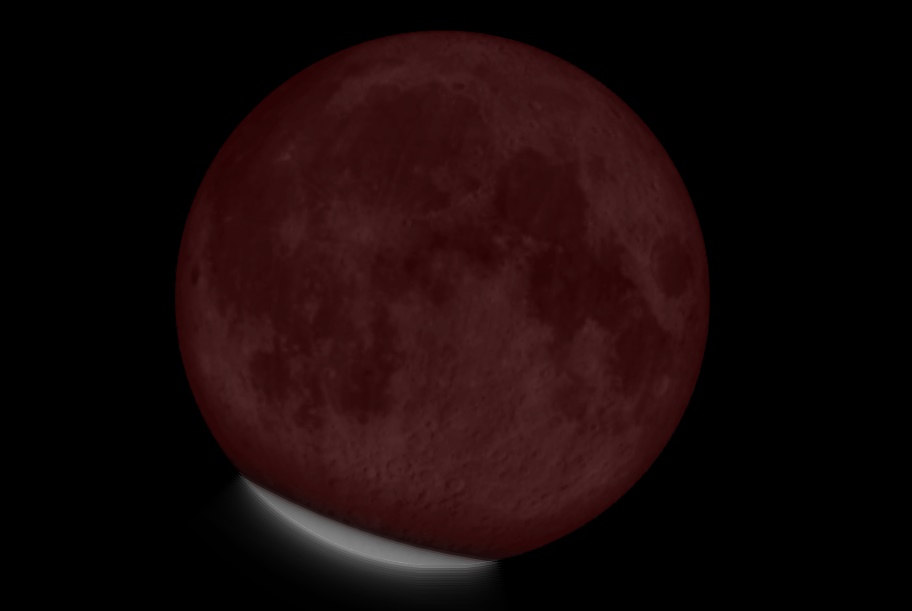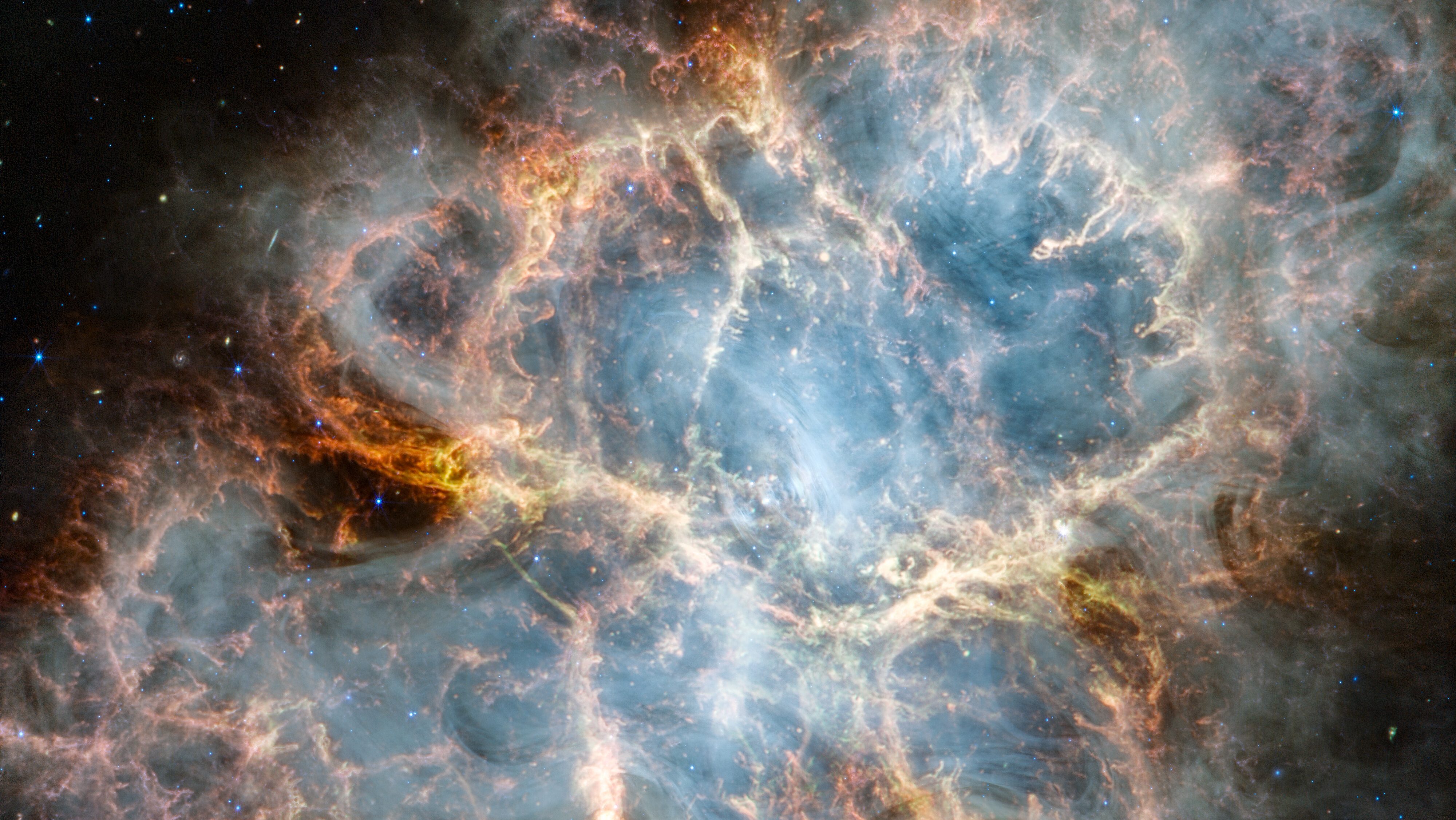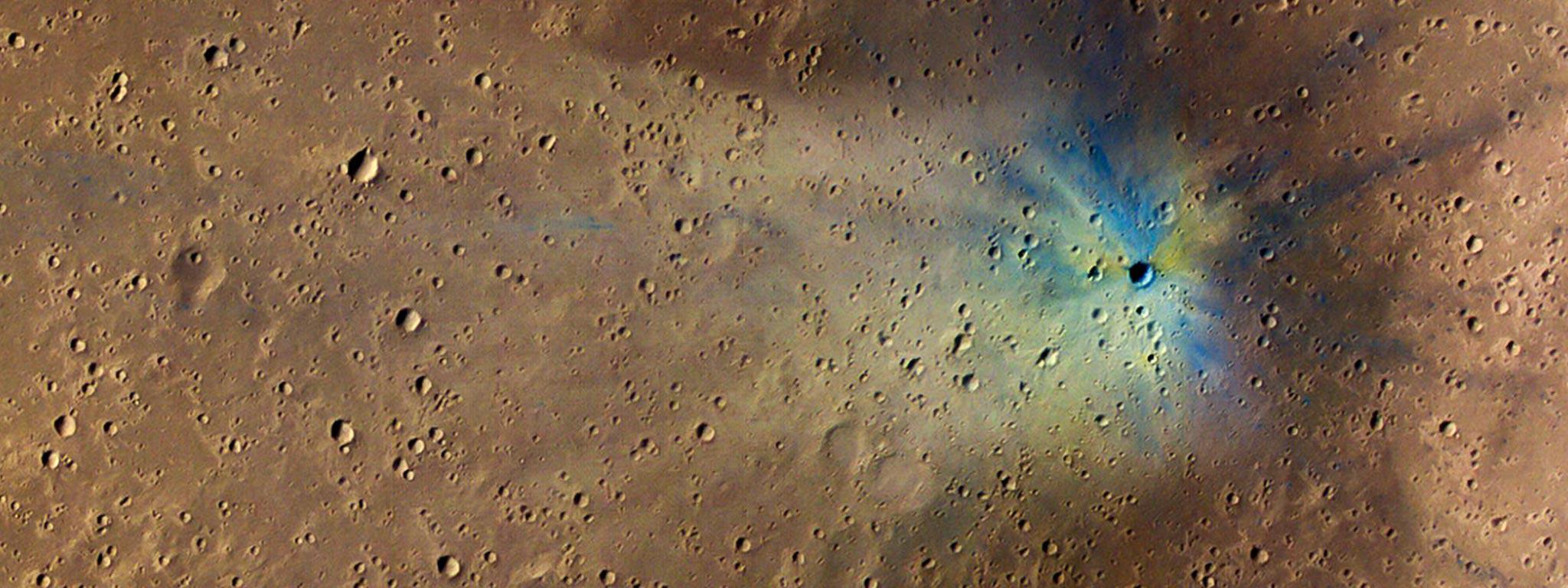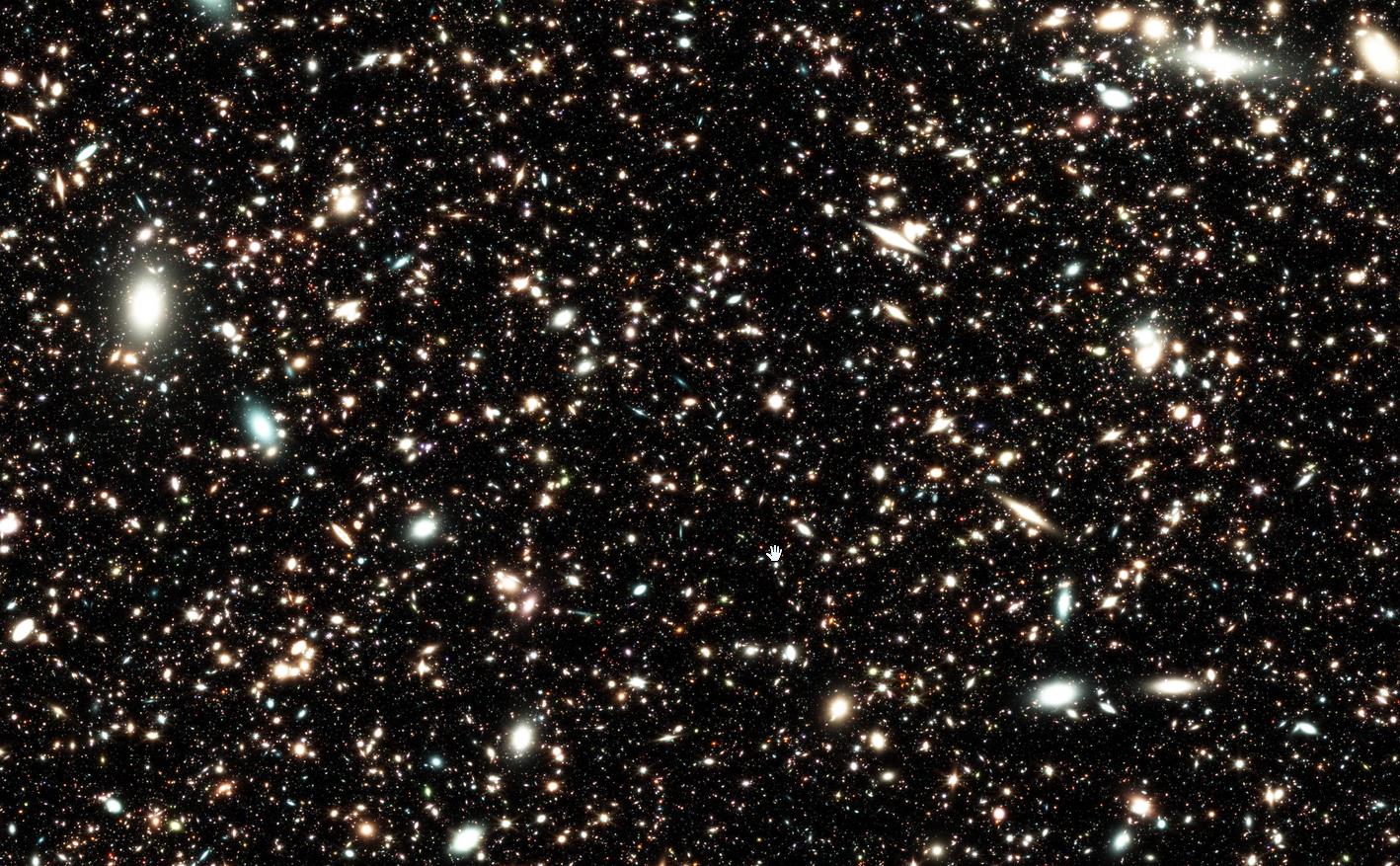The European Space Agency’s Solar Orbiter recently captured images that could help scientists better under the mysterious physics of our Sun.
Search Results
You searched for: nasa
Two scientists recently wagered a bottle of whiskey. The bet? Whether we’ll find evidence of advanced extraterrestrial life in the next 15 years.
Multiple lines of evidence — physical, chemical, and biological — must converge for scientists to conclude that alien life has been found.
Dead whales inspire a way to find extraterrestrial life on Mars.
Move over, IC 1101. You may be impressively large, but you never stood a chance against the largest known galaxy: Alcyoneus.
Just 12 million light-years away, the galaxies Messier 81 and 82 offer a nearby preview of the Milky Way-Andromeda merger.
The Solar System isn’t a vortex, but rather the sum of all our great cosmic motions. Here’s how we move through space.
With a new telescope on the horizon, we reflect on the best pictures of space that came before.
In the early stages of the hot Big Bang, matter and antimatter were (almost) balanced. After a brief while, matter won out. Here’s how.
A scientist’s first-hand account shows the world can tackle a global environmental crisis.
It would get rid of our hazardous, radioactive, and pollutive waste for good, but physics tells us it’s a losing strategy for elimination.
Binary black holes eventually inspiral and merge. That’s why the OJ 287 system is destined for the most energetic event in history.
In 1995, Hubble peered at the Pillars of Creation, forever changing our view. Now in 2022, JWST completes the star-forming puzzle.
Twin Health lets patients with diabetes see what’s happening inside their own body and can model each patient’s unique metabolism.
Even in the very early Universe, there were heavy, supermassive black holes at the centers of galaxies. How did they get so big so fast?
Asteroid Bennu is still far more likely to fly right by us than to make impact.
A new study of Martian dust gives insights into the ancient Martian climate. The findings hint at a wetter world.
For nearly 25 years, we thought we knew how the Universe would end. Now, new measurements point to a profoundly different conclusion.
Previously, only the brightest and most active galaxies could pierce the obscuring wall of cosmic dust. At last, normal galaxies break through.
Big dreams and big telescopes are back at last, but everything depends on sufficiently funding NASA, the NSF, and the DOE.
Space weather poses a tremendous threat to all satellites, knocking all computer systems offline. Is that a recipe for Kessler syndrome?
In partisan political times, recognizing the scientific truth is more important than ever. Scientists must be vocal and clear about reality.
The 5th brightest star in our night sky is young, blue, and apparently devoid of massive planets. New JWST observations deepen the mystery.
Scientists might be looking for Martian life in the wrong place.
We haven’t seen a partial eclipse lasting this long since 1440, and won’t again until 2669. North America is perfectly positioned for 2021’s.
In the early stages of our Solar System, there were three life-friendly planets: Venus, Earth, and Mars. Only Earth thrived. Here’s why.
In 1054, a core-collapse supernova occurred 6500 light-years away. In 2023, JWST imaged the remnant, and might solve a massive mystery.
It could analyze a photo of the Martian surface in just five seconds. NASA scientists need 40 minutes.
Hubble’s deepest views of space revealed fewer than 10% of the Universe’s galaxies. James Webb will change that forever.
2023 will see an “arms race” in mixed reality hardware and software. This truly will revolutionize our society.
